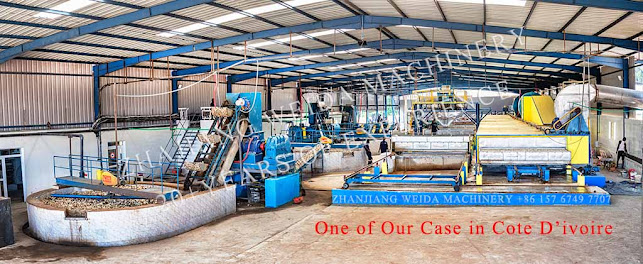How much land area does a rubber processing factory typically require?

The land area required for a rubber processing factory can vary significantly depending on factors such as production scale, process complexity, equipment type, and environmental requirements. First, it is important to clarify your specific needs, such as the raw material status, desired hourly output, and the specific grade of TSR (Technical Specification Rubber) you aim to produce. The following example is for general reference: Typically, around 2,000 square meters is required, including production areas, storage zones, and auxiliary facilities. If you would like more detailed information, please contact us via WhatsApp at +86 15767497707. We can help you optimize land usage and configure the most suitable equipment for your needs.








